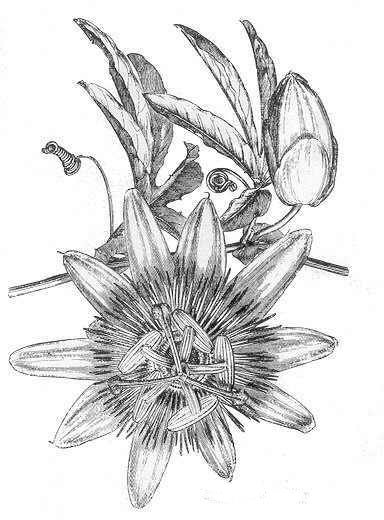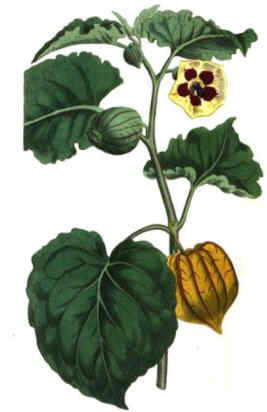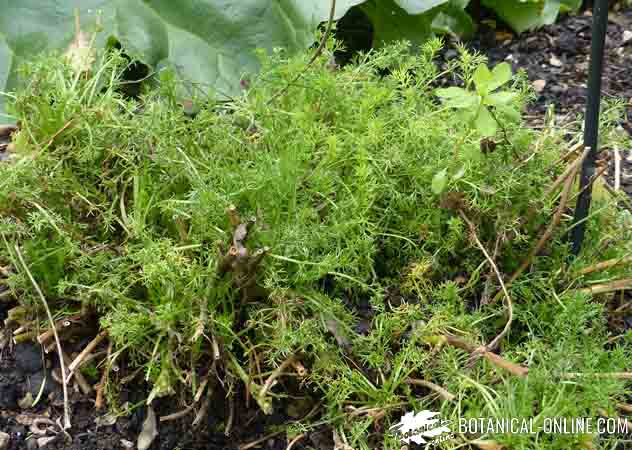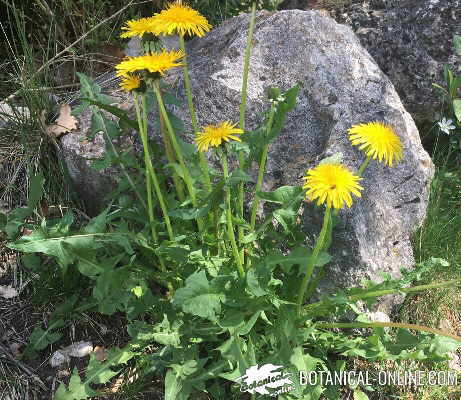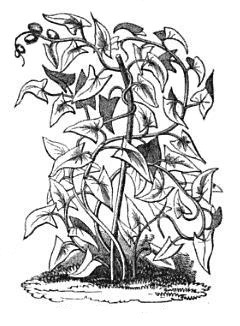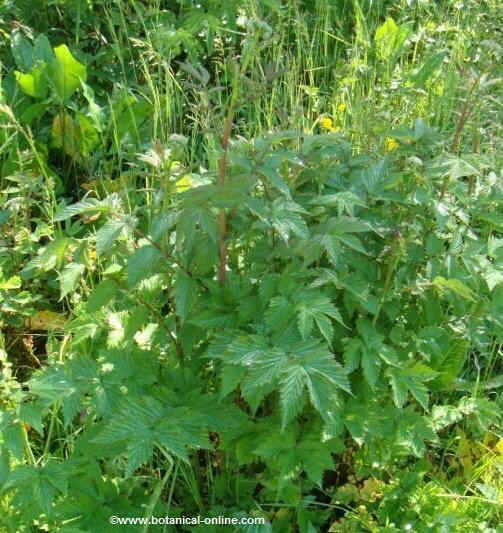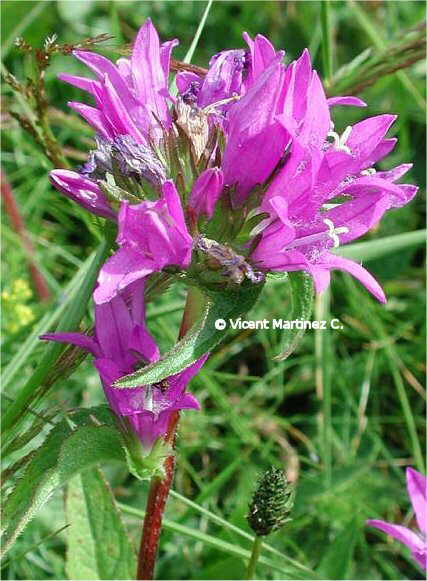Contents
WHAT IS A PASSION FLOWER PLANT?
Characteristics of passion flower (Passiflora caeurulea)
Common noun: Passion flower, Blue passionflower, Maypop, Bluecrown passionflower
Scientific noun: Passiflora caeurulea
Family: Passifloraceae
Habitat: Native from Central America, it can be found in many gardens as a cultivated plant.
Botanical description of passion Flower
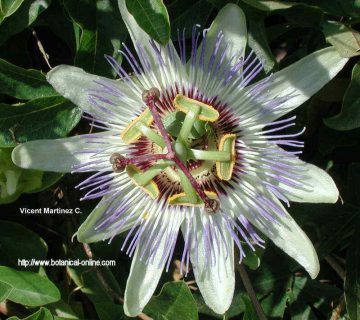
Perennial plant of the Passifloraceae family up to 9 m.
Climbing stems with tendrils, ligneous.
Alternate leaves, trilobed, dark green; new buds reddish.
Creamy flowers with pink shades.
Edible fruits, egg-shaped.
Curiosities of passion Flower
The name of Passionflower was granted by the likeness of the interior drawing of the corolla with the crown of thorns of Jesus Christ.
The quantity of stamens also remembers the 5 wounds in his body, the three styles, to the three nails with he was nailed the the cross and the petals represent the apostles.
Types of passion flower
Coming from South America, they have been exported to the tropical regions of Africa and Asia. There are about 500 species of this gender in their origin place. All they are eatable, although there are some that are more appropriate as food than others.
For example:
Detail of the leaves, flower and fruit. |
- Passiflora caeurulea: The fruit of blue passionflower (Passiflora caeurulea), described below are not so exploited commercially as those previously seen, but it is also eatable and it presents the same medicinal properties of the other ones.
- Passiflora ligularis: It is called sweet granadilla because of its sweetness. It grows in Mexico.
- Passiflora incarnata: it produces a fruit that sometimes reaches the size of a melon. It is generally consumed in marmalades in some southern states of USA
It was already used by the old Aztecs to treat the bites of the snakes, reason why is was known as ” Tongue of snake” and the first Indian natives used it like a food and as disinfectant. (Image and information about this species)
- Passiflora maliformis: It is called Yellow skin. It comes from Brazil. Very aromatic and bittersweet, it is used in flavour industry.
- Passiflora vitifolia: Native from central America and South America. It presents very big flowers that can reach 10 cm. Its eatable fruits taste to strawberry.
- Passiflora quadrangularis: With an oblong very flavorful fruit, having many medicinal properties for the treatment of cholesterol. The root is poisonous and it is used to eliminate the intestinal worms. In its composition serotonin has been discovered, a potent neurotransmitter, necessary for the good state of the nervous system and whose deficiencies are responsible for pathologies like depression, certain types of obesity, obsessive behaviors, insomnia, migraines, etc. It is the plant that contains the highest quantity of niacin.
- Passiflora antioquiensis: Native from Colombia with elliptic yellow fruits and leaves till 15 cm long
- Passiflora mollissima: It produces very early and copious fruits. Its content in sugar is lower than in the rest of the passionflowers. It is known as tacso, archa or tumbo, depending of the different places.
- Passiflora laurifolia: Native from Colombia and Peru, with yellow fruit till 8 cm long, very similar to lemon, and flowers with reddish petals on one side and greenish in the other one. As in Passiflora quadrangularis, its roots are good to carry out decoctions to eliminate intestinal worms.
![]() More information on passion flower and passion fruit
More information on passion flower and passion fruit

